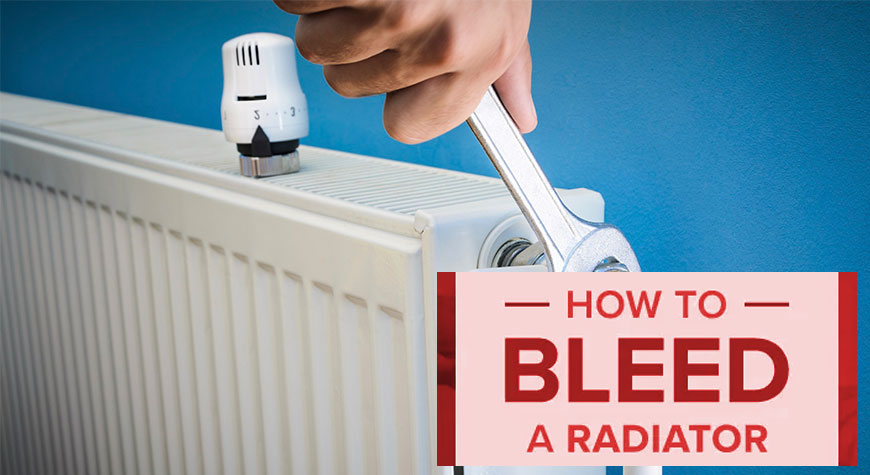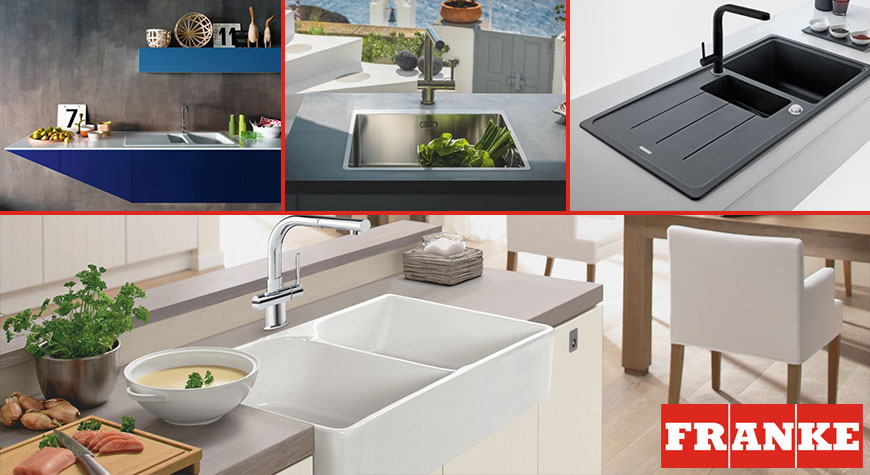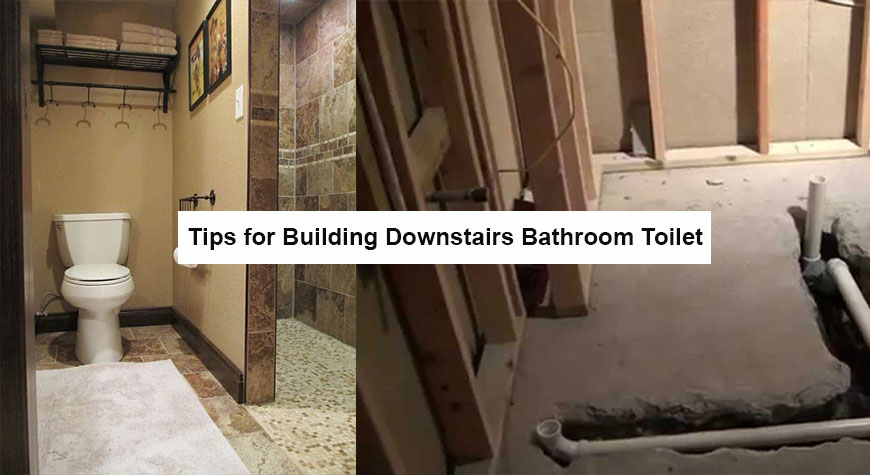What should you consider when purchasing a gas fire?
What should you consider when purchasing a gas fire?

When Purchasing a Gas Fire for your home it is best not to take any chances. After all, it is not possible to remodel your living room every month. Choosing the perfect gas fire for your home requires a systematic approach, which is dependent upon many factors such as the design of your home, the size of the particular room which you will heat and of course your taste. It is wise to know beforehand what options are available in your home and what exactly you expect from the fireplace. Is heat your priority or is it the atmosphere which your fireplace will create? Or is it both? Fortunately, you do not have to go through the trouble because we will help you make the right choice by providing you with a list of options:
What type of gas fire should you choose and in which situation? The three main types of gas fires include Built-in, Freestanding and Suspended gas fires:
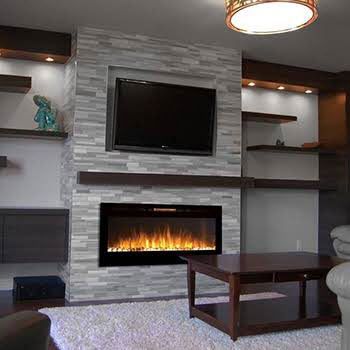
A built-in gas fire can be installed in a wall or a chimney breast; with or without a fireplace frame depending on the interior design of your home. A built-in gas fire is a good option if you wish to have a streamlined finish, although it often requires more space, even if that is not your first impression.
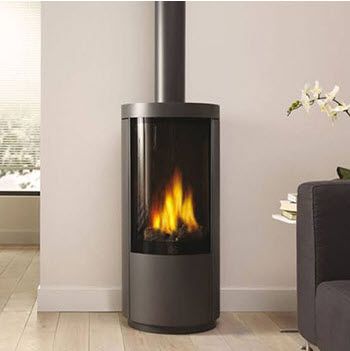
A freestanding gas fire offers greater flexibility, takes up less space and is easier to replace it with another gas fire model in the future if you wish.
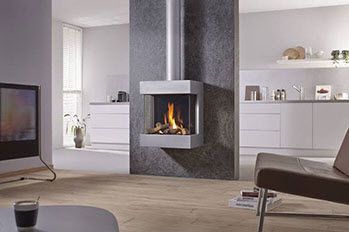
A suspended gas fire is meant to heat large and open spaces quickly and effectively, because of its ability to radiate heat in all directions. The main advantage that this type of gas fire provides is that the floor space remains free and the room in which the fire is placed appears to be more spacious.
Fires which operate on gas offer more options than open wood fires. You can choose the type of fire view you want: do you want it to be view-able from two or three sides? Or even from two different rooms? Many gas fire models offer Tunnel view, which is a good option in case of a long wall between two rooms; both areas enjoy the view of a single fire. These gas fire models make good use of space and are also very eye-catching.
Selecting a gas fire with open or closed combustion?
Oxygen is always necessary for combustion and where the oxygen will come in for your gas fire will depend on the type of combustion system:
Open and Closed combustion: Know the differences
- In an open combustion system, the oxygen is drawn in from the space around the fire. In the case of closed combustion, the air is drawn from outside for combustion through the flue and the residual gasses are extracted using the same flue.
- Ventilation is of high importance in an open combustion system because the residual gasses must be extracted by the natural draw in the flue. An open combustion system cannot be installed in a residence with mechanical ventilation. In the case of closed combustion, the air is drawn from outside for burning the fire and the residue gasses are extracted using the same flue. In such a, there are no special ventilation requirements.
- In open combustion, the fire can be glass-fronted or open-fronted. Open combustion is often less efficient and mainly provides immediate radiated heat. Whereas, in a closed combustion system, the fires are always glass-fronted which ensures that the fire achieves a higher temperature and provides a higher output.
Other issues which you must consider besides choosing the type of gas fire and combustion system:
- Capacity: It is quite important to choose a gas fire which provides a capacity that matches the room that you want to heat. Examine how much capacity you need for your home.
- Technical options: Do you have doubts about whether it is possible to install a gas fire in your desired room or do you have a particular spot in your home where you wish to install it?
- Environmentally-friendly and safe: Is your gas fire environmentally-friendly and safe? The years of experience which DRU enjoys, has made its gas fires very efficient and low on energy consumption.


